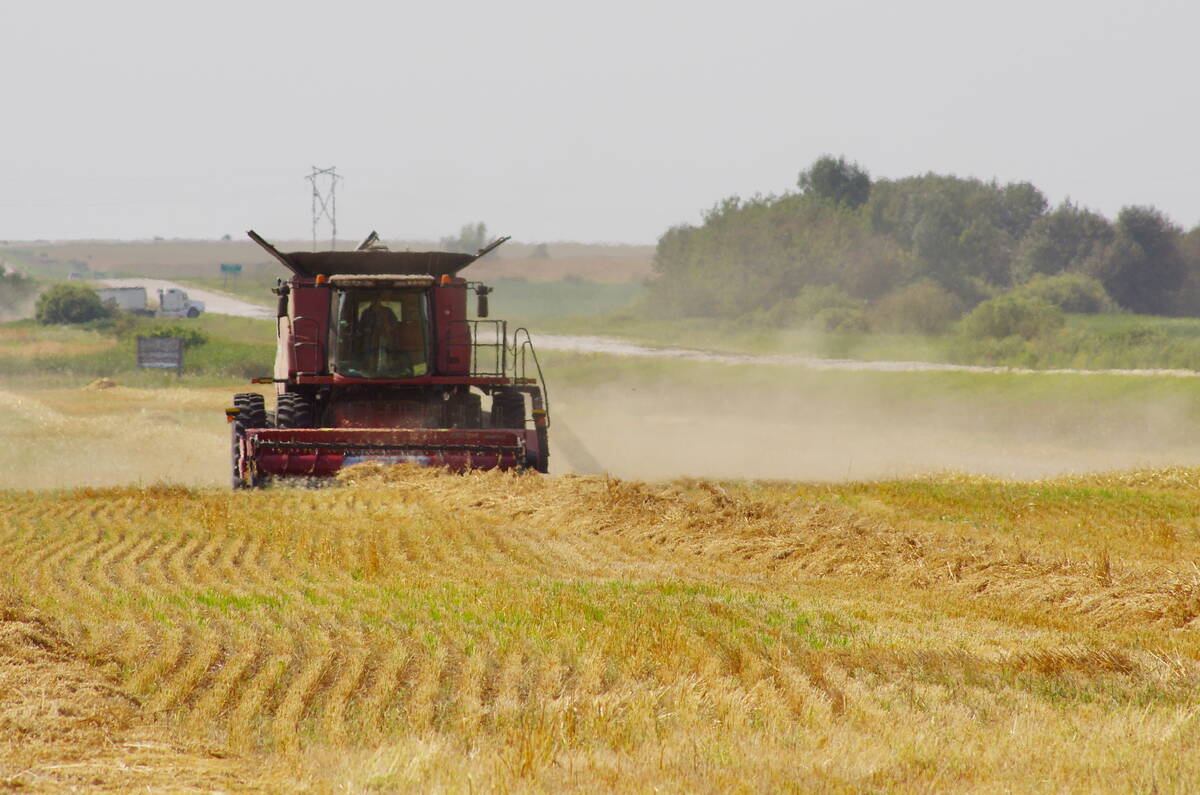For decades, plant scientists have used a simple method to evaluate desiccants.
They sprayed a product on a crop and, days later, looked at the plants to see if it dried the crop.
That approach may be coming to an end, as researchers adopt sophisticated sensors and technologies such as hyper-spectral imaging to understand what a chemical does to a plant.
University of Saskatchewan research has shown that the high-tech approach is effective, based on tests done on desiccants used to dry down lentils.
Read Also

Herbicide resistance sprouts in Manitoba’s wild oats
Farmers across Manitoba this fall are gearing up for the latest salvo in what, for many, has become a longtime battle to beat out wild oats.
“Traditionally, we would evaluate desiccant dry down visually…. That’s very subjective. If you’re conducting an experiment over five locations… you’re going to have five different people rating it,” said Eric Johnson, a U of S plant scientist who was part of the research.
Johnson and Keshav Singh, a remote sensing and imaging expert with Agriculture Canada in Lethbridge, studied eight different desiccants to measure their performance on lentils, including glyphosate, glufosinate and diquat.
One of the products was an organic herbicide called ammonium nonanoate, sold under the brand name AXXE.
The product is registered for potato and cotton desiccation in the United States but not as a desiccant for lentils in Canada.
“It is registered as a burn down product,” Johnson said.
As well, the organic-certified product isn’t permitted on organic field crops in Canada, but can be used in farmyards and ornamental plants.
Johnson wanted to know if it could be sprayed on lentils as a desiccant, given the concerns about herbicide residues in pulse crops.
“(To see) how well it would perform, relative to other registered herbicides.”
When Singh joined the project, they realized this was an opportunity to test hyperspectral imaging.
According to Science Direct, a website of peer-reviewed literature, hyperspectral imaging is a technique that analyzes a wide spectrum of light instead of just assigning primary colours (red, green, blue) to each pixel. The light striking each pixel is broken into many different spectral bands to provide more information.
A number of agriculture scientists are using hyperspectral imaging, but the U of S study on lentils and desiccants is unique.
“There is a lot going on with the hyperspectral (technology), but this objective I can’t see anyone (else) doing this,” Singh said.
The researchers applied the desiccants to lentils and then flew a drone mounted with a special camera, over the crop. They did this three, seven, 10 and 24 days after treatment. They also made visual observations, to compare subjective dry down ratings to the hyperspectral analysis.
The high-tech approach was a success.
Singh and Johnson concluded it’s a “reliable tool” to evaluate different herbicides for desiccation and has other potential applications.
When residual herbicides remain in the soil, after a dry year like 2021, it could be used to evaluate crop injury in the subsequent crop.
Or it could evaluate crop damage from chemical spray drift.
“This technology can be used to compare a range of herbicide (performance),” Singh said.
“(It) can be used to test out different rates and (types) of herbicide.”
The hyperspectral technology shows potential, however, the organic herbicide may not make sense for lentil growers.
The AXXE herbicide quickly dried down the lentils, but the potential cost of the product is prohibitive.
“It works very quickly…. You start to see symptoms (of desiccation) within three hours of application,” Johnson said. “(But) at the rates we were applying it, it was like $300 an acre. It’s not economical.”
It might be possible to cut the cost by reducing the concentration of the herbicide, but that isn’t the focus of future research.
The researchers plan to test the hyperspectral imaging for other applications, such as determining the ideal crop stage to apply a desiccant.


















